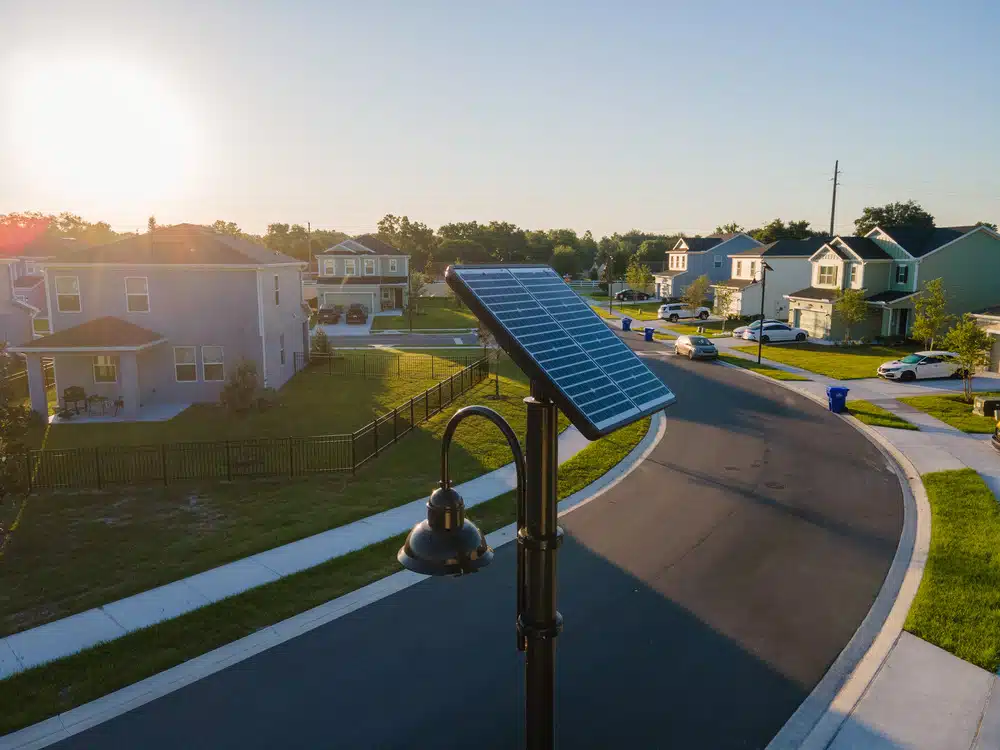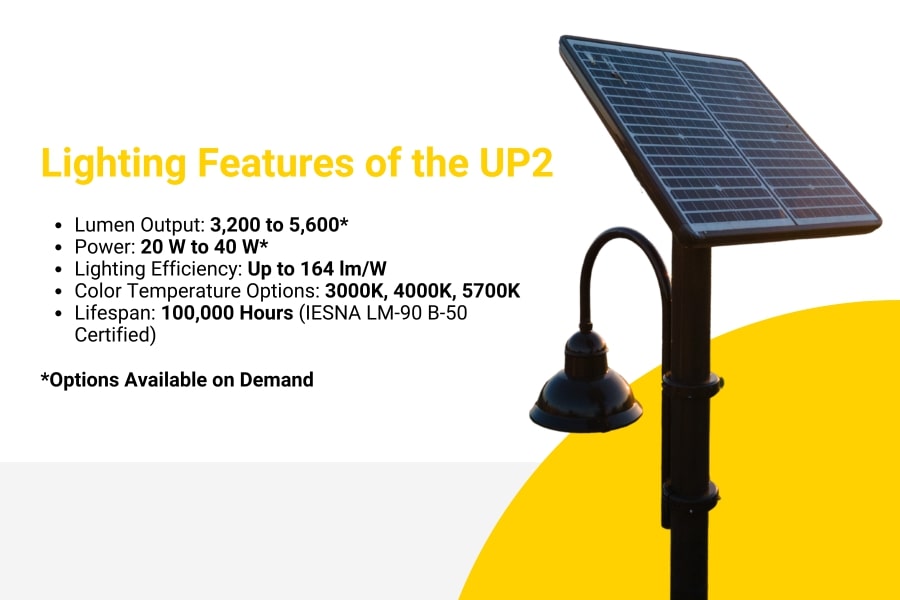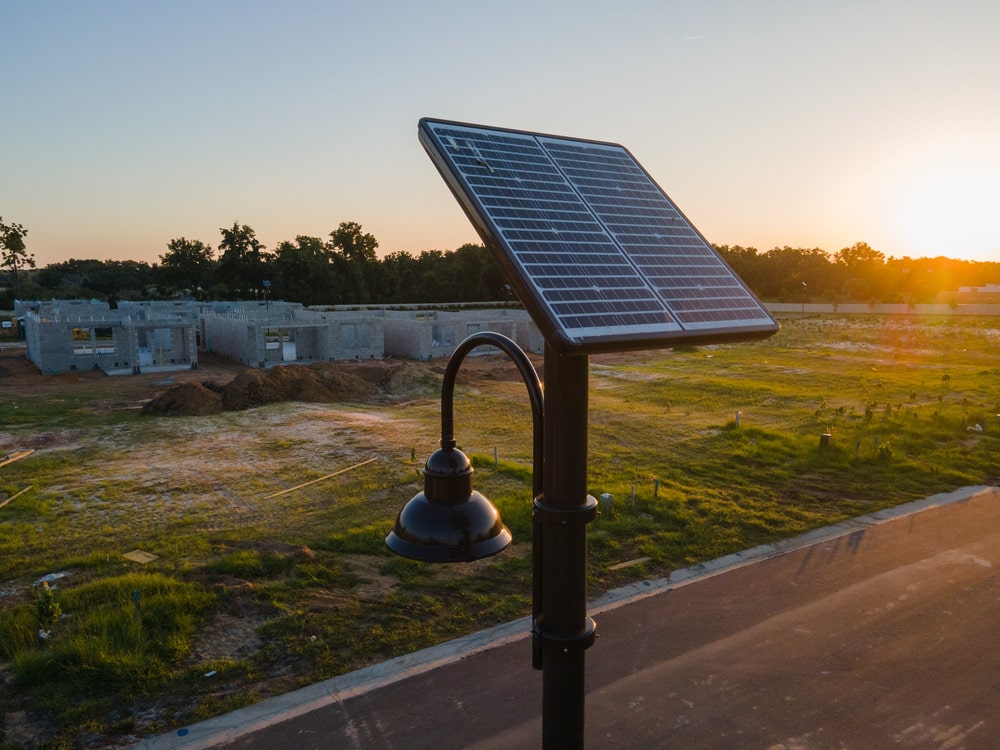Case study June 2024
Florida is growing at a breakneck pace. Nearly a quarter of a million people moved to the state in 2022, lured by its appealing climate, thriving economy, and larger, more affordable houses.
Developers have responded to the population boom with scores of new residential projects, transforming large tracts of undeveloped flatland into a diverse range of housing options, from luxury condos to more affordably-priced family homes.
Though these projects might seem disparate, they are united in their need for street lighting solutions that are flexible, reliable, and low-maintenance. Sol recently delivered a solution that ticked all the boxes—and then some—to two new housing developments in Lake County, Florida.
Lake County, Florida

As the developments were brand new and not connected—or close to—the local electrical grid, developers knew installing conventional street lighting would be extremely expensive. Grid-powered street lights typically require significant trenching and cabling that inflates costs, prolongs timelines, and disrupts surrounding infrastructure.
An off-grid solution would allow them to sidestep these upfront infrastructure costs while providing much greater flexibility for the lighting layout. It would also mean they could avoid having to deal with the cost (or hassle) of utility bills.
And with Florida facing a greater hurricane risk than any other state, durability and reliability were key concerns. When high winds, driving rain, and extreme heat struck, they needed a light that could hold its own, providing light when residents needed it most.

Sol’s UP2 streetlight with an NiMH battery—ideal for Florida’s hot climate—met all of the requirements, offering a low-cost, reliable alternative to conventional lighting.
Using solar rather than grid power means they can be installed just about anywhere—without trenching, wiring, or any of the associated equipment and labor. The developer and lighting designer can put the lights wherever they want, and if they decide to move them later on, all they have to do is dig a new hole.
Using solar power also makes the light significantly more reliable and resilient, as solar lights are effectively immune to the blackouts and brownouts that are becoming increasingly common in Florida. Each system is custom-sized to its location and operational requirements, and with four days of backup power, light is essentially guaranteed.

Residents of these two new Central Florida communities now have the benefit of reliable outdoor lighting that will not falter under adverse weather conditions. The developer has also successfully incorporated renewable energy technology, balancing growth with environmental sustainability, and setting an example we hope more cities and developers will follow.
